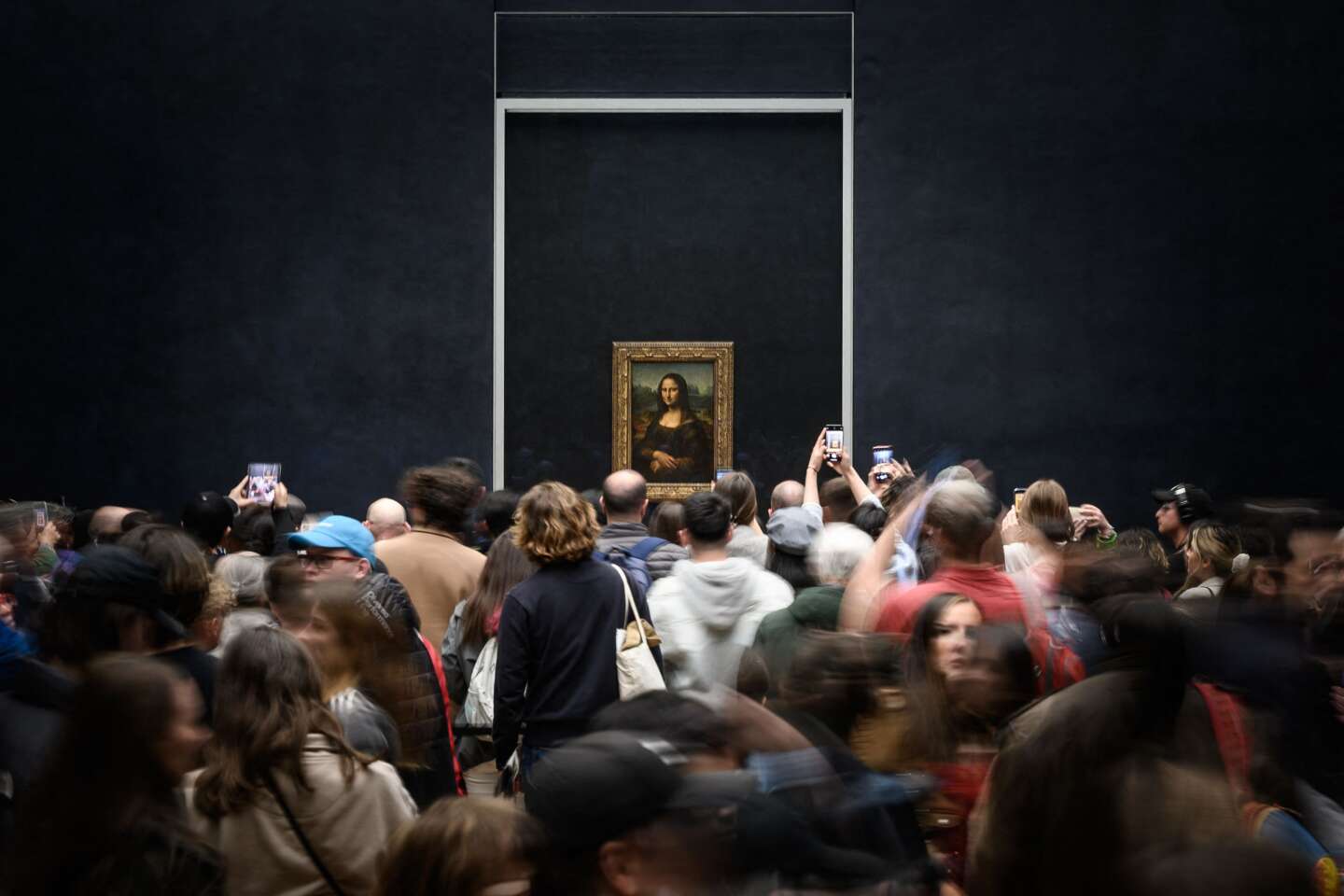


The Mona Lisa is indispensable and burdensome, pampered and criticized, and so remarkable that the Louvre museum in Paris is considering moving it and constructing a separate room in the building – all this for one painting. Laurence des Cars, the museum's president, confirmed the plans on Saturday, April 27, on French radio station France Inter after it was first revealed by Le Figaro a few days earlier. And it's a state affair.
Eighty-percent of the nine million or so visitors to the museum each year come primarily to see the Mona Lisa – a staggering 20,000 people a day. To find it, you have to go on a walk between the walls, ignoring a host of masterpieces on the way – including four more works by Leonardo da Vinci – while creating an annoying background noise. The rest of the museum is silent.
The Mona Lisa is housed in the Salle des Etats, where visitors wind their way as if they were in an airport, before handing over their baggage to be X-rayed. Facing the artwork, they think they are finally looking into Mona's eyes, but kept at a distance, they can only see her face, yellowed by varnish and protected by armored glass.
All vampirized
"You can't see anything," wrote art historian Daniel Arasse. You can see the Mona better in a book or on the internet. There's no more inclination to look at the other paintings in the room, Veronese's monumental Wedding at Cana, or other Venetian masters, Titian leading the way, all sucked dry by an icon that doesn't ask for much.
When, on France Inter, it was pointed out that visitors to the Mona Lisa mainly saw a room full of people taking selfies, des Cars conceded a contrite "yes." This episode echoes a study carried out by CouponBirds, a platform offering discounted entry to international museums, and relayed on March 21 by Le Parisien. It asked tourists about their museum experience, and the result was clear: The Mona Lisa might be "the most disappointing masterpiece in the world." It's not the painting that disappoints, but how it is viewed.
This study is as impressionistic as a Monet canvas, but the problem is real. Incidentally, this is not the first time that the Louvre has "considered" moving its icon, but today attitudes appear more inclined.
It's not so much a question of saving the Mona Lisa – its fate has been sealed by overtourism – as of saving the other works, overshadowed and polluted by the flagship painting, and relieving the severe strain on the museum. To achieve this, des Cars intends to shake things up without adopting a revolutionary stance. She hopes to find "the right balance" between retaining a massive audience and improving visitor experience.
You have 56.84% of this article left to read. The rest is for subscribers only.
